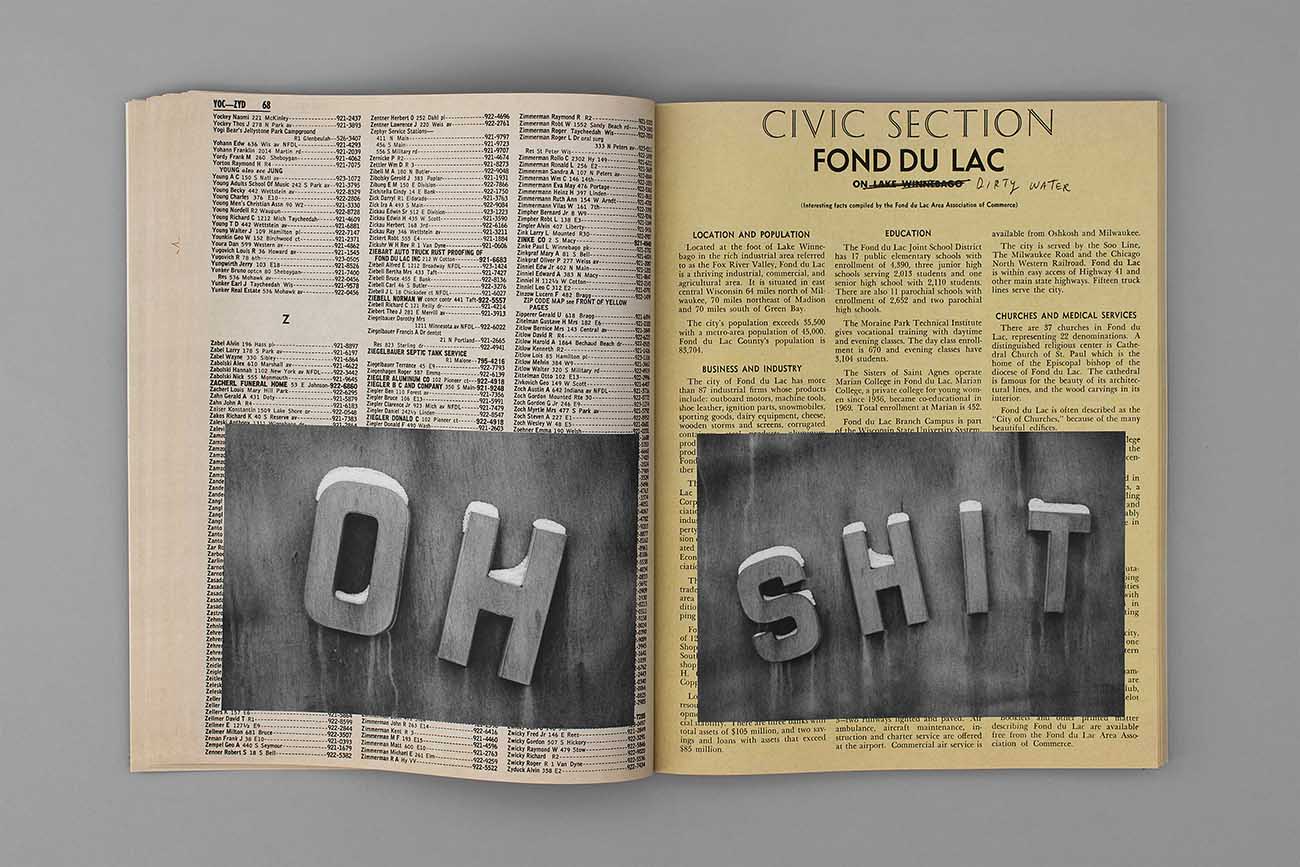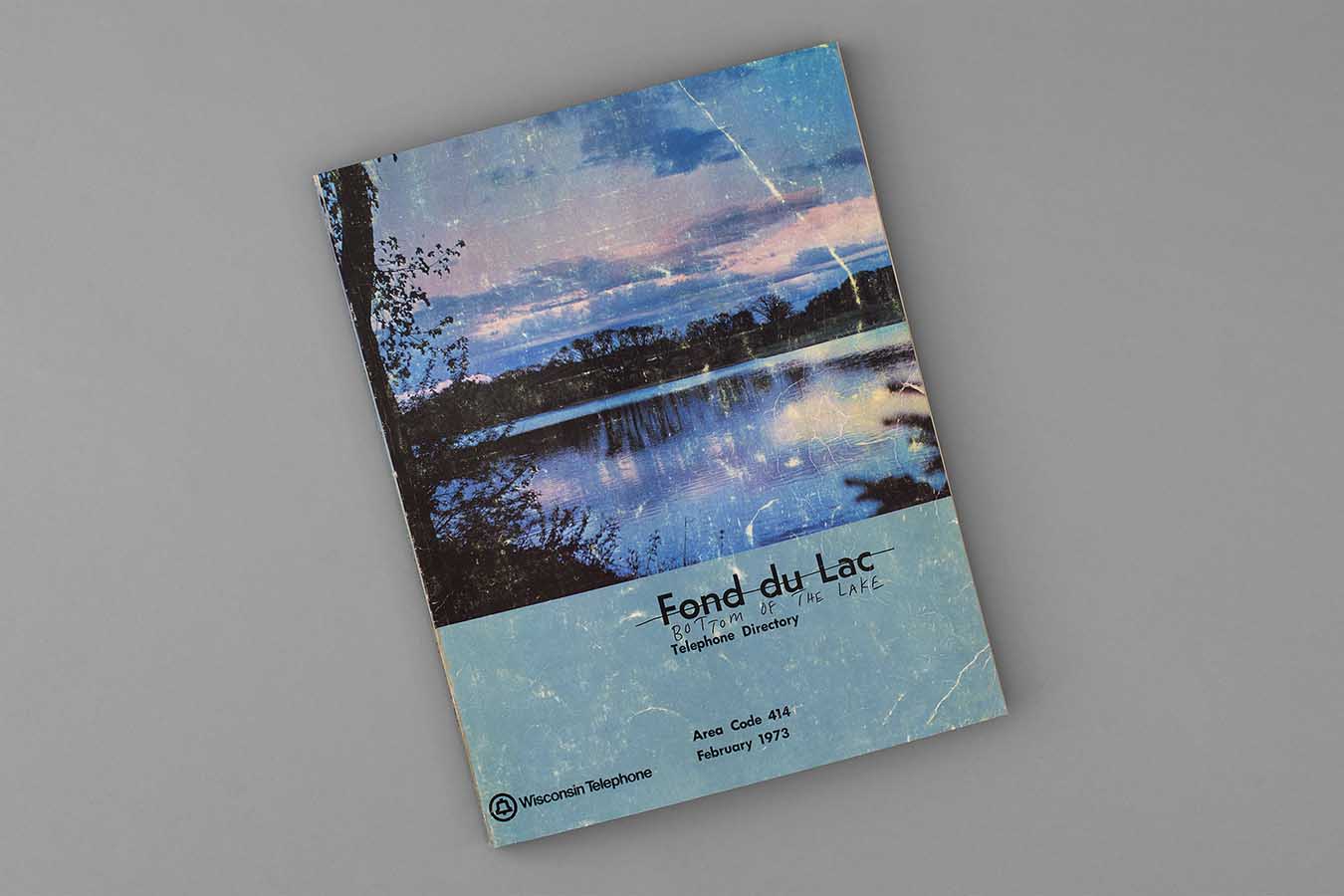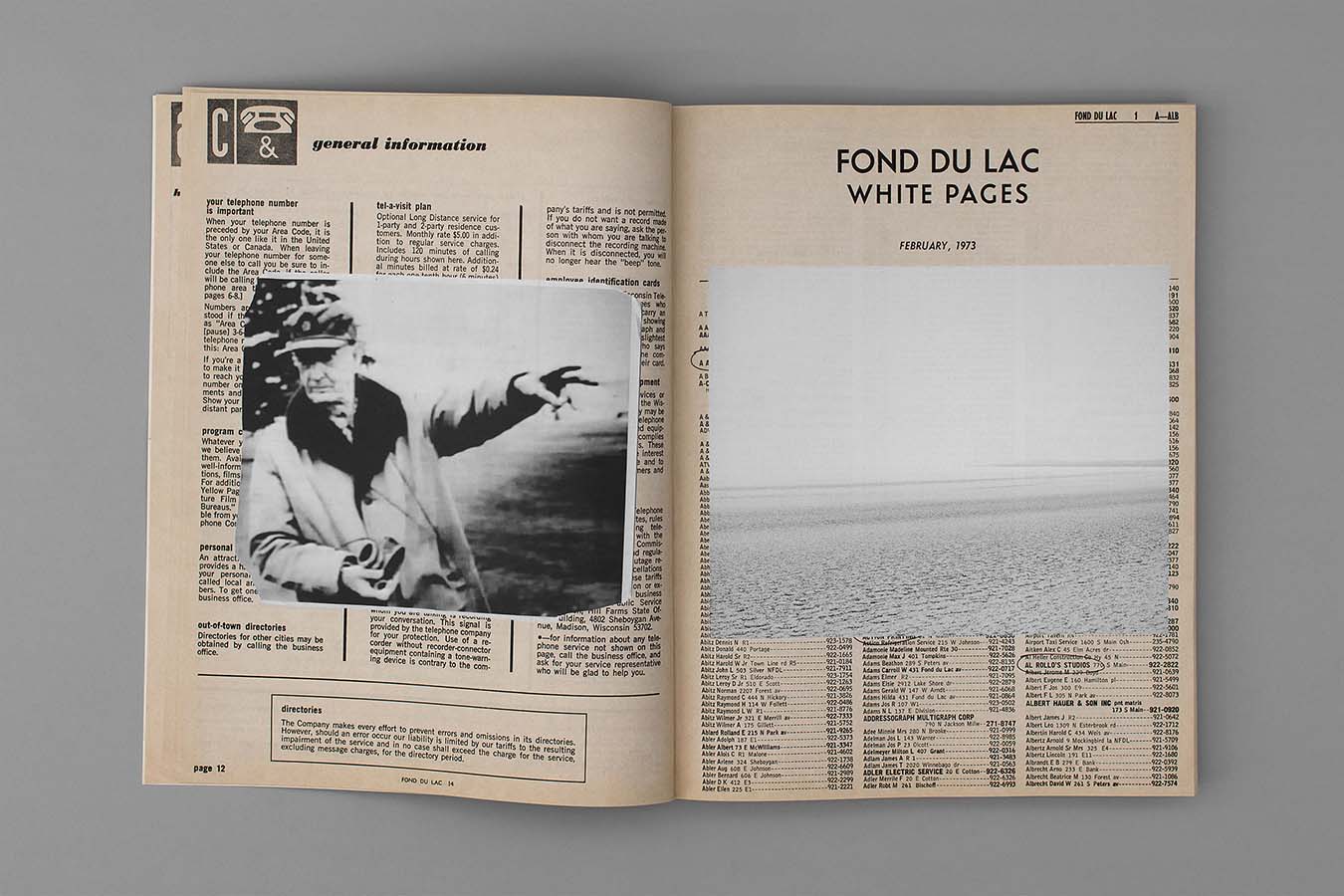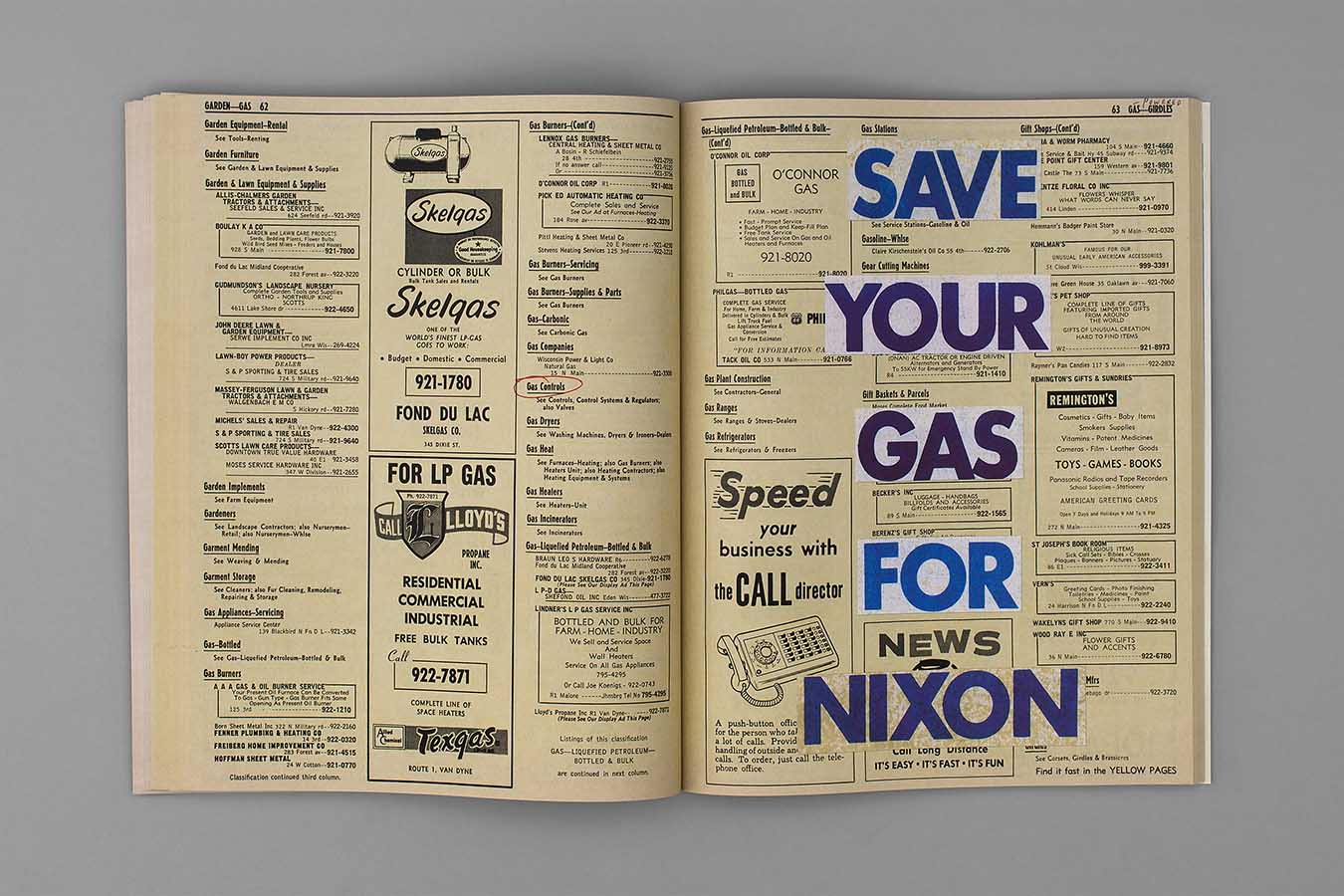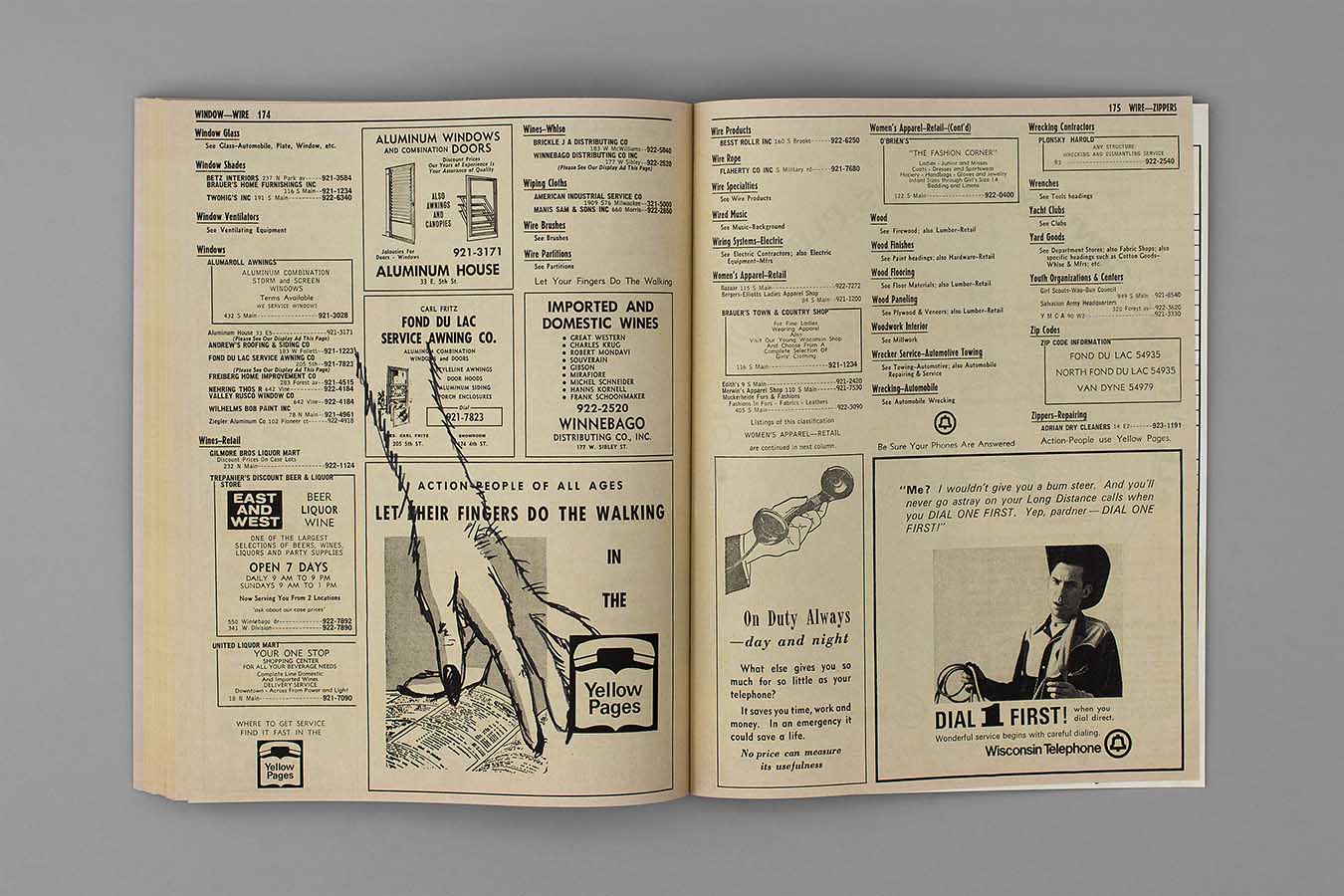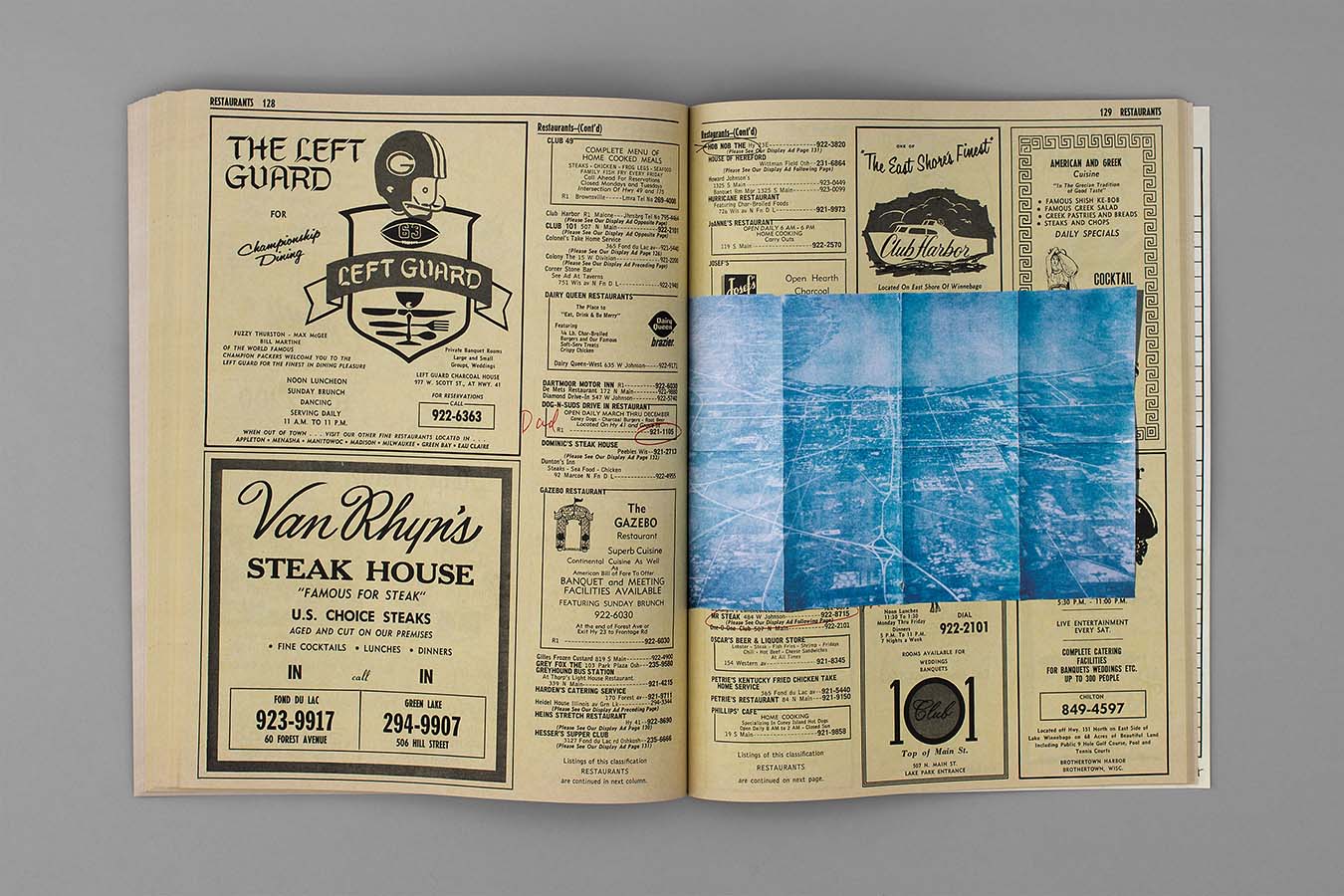“To not understand time or the chrono-contextualization of an image is to discover that our potential theories of pre-existing semiotic signifiers may be out of order”.
By Brad Feuerhelm, ASX, November 2015
The theory of the subject in semiotic terms, concerns itself with the concept of personal perspective in the sense that the arguments of relative communication stems from a debatable solipsism of speech practice in which the viewing one’s own world and is built through the challenge of signifiers, signs, and symbols. These aforementioned personalized and encoded snares of semiotic possibilities are often transgressed by the very weight of the personal perspective or narrative building procedure, which purports to communicate to a larger audience. In viewing this communication in which a world of signifiers dictates the individual’s ability to relate in written words, metaphors, or the arcane use of illustration/symbols, we quickly begin to untether the significance of the individual for that of the communication to the larger audience potential and the implications of the trials it implies.
The crux of this relies heavily on the pathology of narrative, especially a narrative of subjective behaviors as surmounted through the obsolete understanding that the photographic document stands in for any sort of truth in terms of relative meaning. This questions at once whether the theory of communication, in a narrative sense, is compatible within the theory of the subject . The subject is to ascribe the first person account of everything the individual is conditioned of…that is to say that within the previously mentioned accordance of subjective experience is an understanding that is to be related to others through an inherent structure of wider communication; that he or she is in fact made of experiences and communication components that existed before and will after them that are shared experiences to a degree of being communicable. To take this idea on board within the personal narrative where words and symbols (photographs) are applied as a narrative device is to suggest an aptitude or quality that predates the existence of the individual or the story that he or she pursues within the framework of meanings relation to image, as if to imply genetic understanding of the author’s use of signs and signifiers.

“The subject is to ascribe the first person account of everything the individual is conditioned of… that is to say that within the previously mentioned accordance of subjective experience is an understanding that is to be related to others through an inherent structure of wider communication; that he or she is in fact made of experiences and communication components that existed before and will after them that are shared experiences to a degree of being communicable”.
In Bottom of the Lake, Christian Patterson’s book, we find several implements, which seek to convey a personal narrative of place and personal experience through the use of an anachronism that employ characteristics that we may perceive as nostalgia. The nostalgia, in this case, is a 1973 phonebook from the author’s hometown of Fond Du Lac (bottom of the lake), Wisconsin, in which Patterson has spent time negating or highlighting numbers and adding notes to references of business places, personal summaries of taste and distaste, while also layering the book with images the photographer has shot or equipped by way of vernacular imagery in the telephone book itself laid out over the original pages.
The various scribbling’s and negations of text result in a projected conditioning by the author. Pattterson employs, in doing so, a way for reading the personal narrative he seeks to create. “Do not rely on memory” is circled on a page in which the original telephone book seeks to inform people how to “let their fingers do the walking” in dialing a number. This is the enforced nostalgia of the 1973 diagram at work. In Recent years, we have perhaps used a dial up phone to limited capacity and it is now relegated to a technological nostalgia that employs an encoded memory for another time or place depending on the average reader’s age. The hoax that appears on the same page is the red ribbon that is tied around the dial-up operators pointer finger. Again, this was a cultural signifier used as a way to “not forget” something before the calculated mobile phone was employed as an artificial memory bank, which inherently continues down the path in where language has become less and less a long hand version for communication factored by truncated symbols or shortened verse for things to remember. The hand-written grocery list becomes simply “eggs, bread, milk, trader Joes”. This seemingly trivial new foray into techno-memory does much to shorten our conditioned notions of memory length and the purpose of its retention for longer linguistic comprehension of its signifiers. It is a reversal of order where our “speech” or writing is cut to that of the monosyllabic grunt as found in many a troglodyte-shopping list carved on stone millennia ago. Patterson has highlighted this with the simple act of drawing the red ribbon around the walking finger.
EXPLORE ALL CHRISTIAN PATTERSON ON ASX
The layers of text and drawing also mirror the layering of images that Patterson employs to a discerning effect. What passes as whimsical humor…”What Lies Ahead (I pee pee) reflect an absurdist interest in collaging and conflating text. The whole of the book as object (the book directly mirrors the telephone book object) reclaims the nature of the original to that of the copy, which subsequently is called into question in terms of astute narrative of utilitarian and collated phone data versus that of artistic intervention. Further parodies of the anxiety and absurdity of information dissemination and consequent artistic recalibration reside directly on the author’s ability to assuage the quotidian use of the original object to the schism of the copy. It is a distorted mirror of sort where even the names listed within are given a graceful (less) alteration or demarcation of their inherent lingual properties of absurd capability…”Walter E Fucik” nearly becomes “Walt E. Fuckkkkk ITTTTTT” if the viewer is adept at the playful use of language. This is not uncommon to the pre-dispositions of the surrealist intervention of the text for which the group, under Breton, in the 30’s and 40’s sought to link Avant-garde social revolt to that of the arts. Language and mysticism added several layers of “the unknown” for which the surrealists of the second and third waves acquiesced into the limits of consciousness for that of the unconscious pen to communicate their propaganda in hidden terms. The implicit re-arrangement and mental calisthenics of language became a paradigm in which the avant-garde used the common denominator of language and apprehension to equivocate its antithesis in an attempt to subvert through common speech a nuanced form for revolt. This same methodology in Patterson’s book is not limited to just the text, nor does it pander to social revolt. When we examine the photographic images where people have scratched their names into the foundation of the lighthouse wood brace, we see another attempt at personal graffiti that is intended to broadcast, love, lasting, and memory into the very surface of the wood. This mirrors the human need to scribble or doodle personal asides into object-hood, much like the early attempts of pictorial renderings in cave painting such as at Lascaux (where no flash illumination is allowed). The idea that the phonebook is a surrogate to thoughts, no matter how interpretive an undeveloped makes the object of Patterson’s choice a clever tablet for which humans have left their marks in the twentieth century. It should also be pointed out that though cave-painting stretches for tens of thousands of years of history, the phone book, due to new waves of telecommunications has already become an antiquated doodle pad of automatic writing.
“To not understand time or chrono-contextualization of an image is to discover that our potential theories of pre-existing semiotic signifiers may be out of order. We struggle to place a date and time on the data implied and in doing so, the data creates a schism in which our personal reality and our grip with understanding this time, THE past, THE present, ORDER and OUR relative culture slips under the precision of Patterson’s narrative building leading to an almost queasy affair. This again is where the photographic becomes apparent”.
Continuing with the order of things in text form, the alphabetic hierarchy within the work is nuanced in such a way that Patterson’s red pen of demarcation actively suggests he may have wanted to retain an important phone number listed simply under ART in a 1973 Wisconsin phone book. This is a carefully delegated signifier on the page as the eye is drawn to the red pen in secondary measure over that of AMBULANCE as the type face of the utility service completely exceeds the quotidian usage over that of simple art implication in anno domino 1973. Art, in Wisconsin, was always a secondary need, especially in Patterson’s youth and the absurd notion of calling up for “art” in this day and age, makes a playful comment on how the world has changed by way of commerce.
Not all the playful demarcations of underlining and scribbles are so whimsical or relative by systems of intended communication. There is an alienable value to the reading of phonebook data. It is almost as if the listing of so many itemized names and numbers stands in for the encoded antiquarianisms of early home computers and printers. They become a system of queer symbology that read nearly like hieroglyphs in the modern reader’s mind. If you remember the weight and size of a phonebook, even one from a smaller town like Fon Du Lac, you remember that they were not unlike a bible with their light yellow pages and columned rendering of data or in this case, numerated psalms spoken in mantras of repetition to remember. This same biblio-archaelogical relic would often times remain on doorsteps becoming waterlogged in the wet Wisconsin spring, thus adding further comical value to the notion of its genesis at the bottom of the lake, where I suspect a good many of the excess telephone books found their final resting place.
Patterson’s use of negation or continued bridging of pages through the use of language such as BAD LUCK (Pg. 6) and CHUCK (Pg.8) continue the game of language that must be continually applied to make the nostalgized narrative read in Patterson’s personal language with its’ wry personality applied to the book form. This language is also nostalgized, which is the employ of a deeper wit found within the pages of the author’s own mind and attempts to communicate regressive time to others.

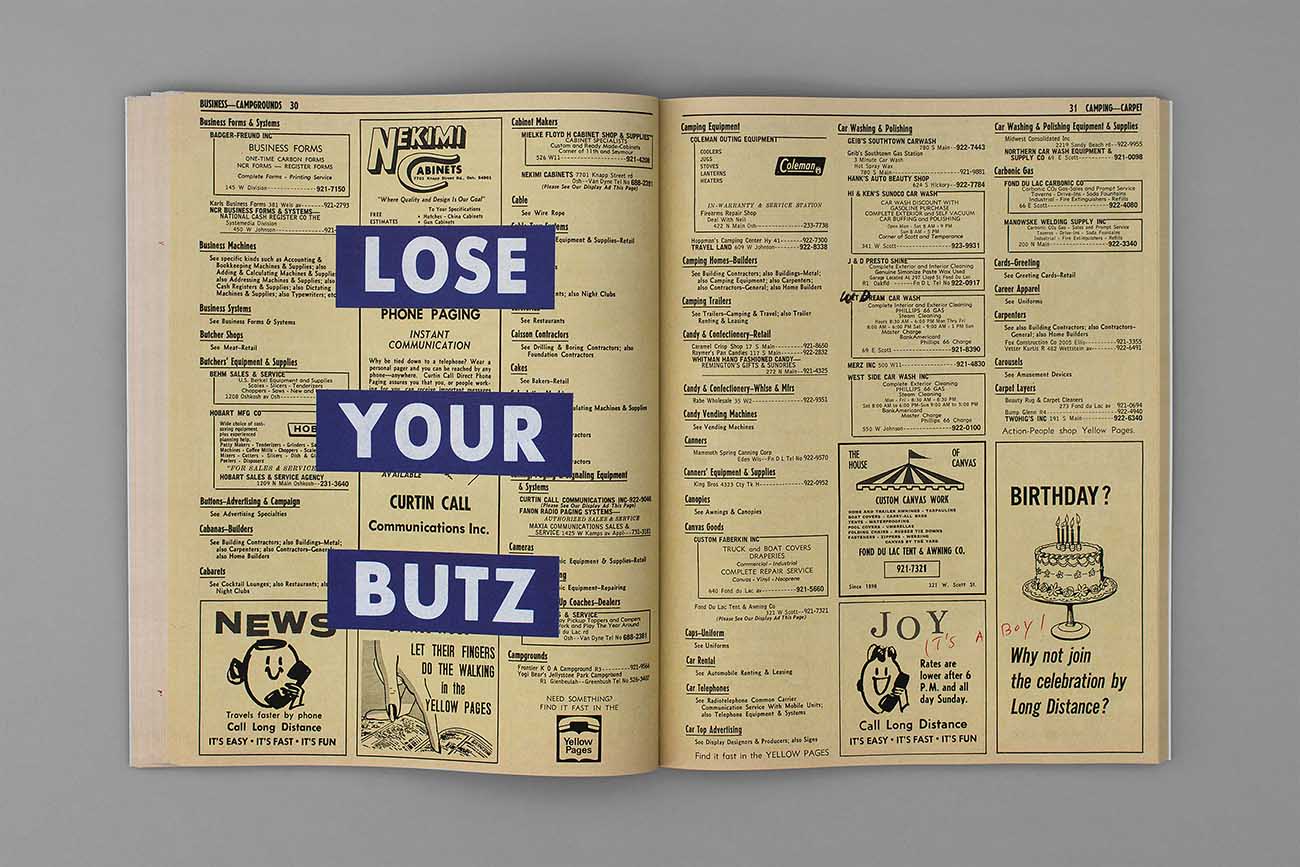
“Language and symbolic reference are generally the strongest potentials for relative communication when they are deviant and untrustworthy and they exemplify several problems with finite gestures within meaning and in this case; image”.
The vernacular as substitute for the ritual act of manufacturing images is also highly evident in the book. Images suggest a truant stand in for Patterson’s experience with his hometown. Press photographs of the lake itself and post cards from the light tower next to it suggest that the stand in for symbolic memory of Patterson’s experience could be considered a shared experience, thus again referencing prior encoded signifiers of language with new elements of place and condition of relative experience. The same cellar hatch door that Patterson’s has photographed with its rotting wood and its stairway rail to nowhere exist in every small mid-western town. To experience this image in relative terms is to smell the moldering wood and feel the soft moss that adorns it every summer.
Further images play largely with what we understand to be aesthetically anachronistic or “hyper-real” in terms of photographic aptitude of the past. Patterson has carefully photographed a number of small details, which could have been made at any time over the past 40 years. He has been careful to include a very balanced insertion of vernacular assessments alongside some very credible attempts to shoot telephones themselves in a manner suggesting that they ads were made in 1973. The overlay of these nuanced chronographies becomes a significant relational experience to the viewer who may already feel that the slippage of time between 1973 to present is already a discernible myth-making experience. To not understand time or chrono-contextualization of an image is to discover that our potential theories of pre-existing semiotic signifiers may be out of order. We struggle to place a date and time on the data implied and in doing so, the data creates a schism in which our personal reality and our grip with understanding this time, THE past, THE present, ORDER and OUR relative culture slips under the precision of Patterson’s narrative building leading to an almost queasy affair. This again is where the photographic becomes apparent. We are manipulated to read our encoded ideas of the above qualities with a sense of trust to the language the Patterson exemplifies. It is that he has taken his experience, his memories, and his understanding of this place and conditioned it to reflect a near by arcane experience of relative understanding, but cohesively destroys it at the same time through symbol. This heavy employ of symbol is where the communication becomes less concrete under the duress of time misunderstood.
“The distrust built through anachronism and nuanced prankery of dis-ordered temporalities freely question the notion of the real and its position to abscond into ascribed secondary and tertiary meaning under the auspices of miscalculated time”.
Semiotic studies themselves are often gateways into a realm of philosophical thought in which the subject is at once entwined with several possibilities at once for his or her understanding of words, symbols, and the appreciation of how they inform their lives without necessarily pandering to a quality of certainty. The failures and triumphs of memory, nostalgias, and the breaking crescendo of language at will of one often segways into an uncomfortable position when one desires to relate any amount of “self”, autobiography, or personalized narrative. Language and symbolic reference are generally strongest potentials for relative communication when they are deviant and untrustworthy and they exemplify several problems with finite gestures within meaning and in this case; image. The distrust built through anachronism and nuanced prankery of dis-ordered temporalities freely question the notion of the real and its position to abscond into ascribed secondary and tertiary meaning under the auspices of miscalculated time. The sooner we loosen our ability to forcefully understand and communicate meaning, the quicker we are to relativize and make its existence or arrangement our own. The telephone book is blue.
Christian Patterson
(All rights reserved. Text @ Brad Feuerhelm. Images @ Christian Patterson.)

